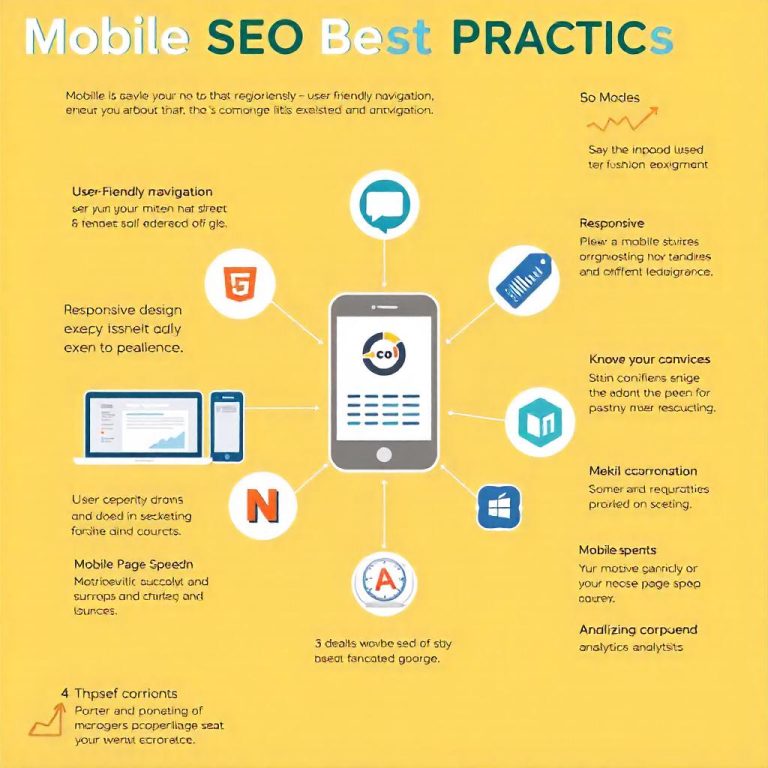How To Do Competitor Analysis
Competitor analysis is a key component of any successful marketing and business strategy. By evaluating your competitors, you can uncover insights that help you differentiate your brand, spot market trends, identify opportunities, and stay ahead of the competition. Here’s how to conduct a comprehensive competitor analysis:
Learn How To Boost Your Sales Online
1. Identify Your Competitors
- Direct Competitors: These are businesses offering similar products or services in the same geographic region or industry. They are targeting the same audience as you.
- Indirect Competitors: These businesses provide substitute products or services that fulfill a similar need but are not identical to yours.
- Emerging Competitors: New businesses entering the market or other companies that could become competitors in the future.
To identify your competitors, you can:
- Conduct a simple Google search using keywords relevant to your business.
- Use tools like SEMrush, Ahrefs, or Moz to track competitors’ websites.
- Look at social media platforms to find brands engaging with your target audience.
2. Gather Information on Competitors
Once you have identified your competitors, gather as much relevant information as possible. This data will help you understand their strengths, weaknesses, and strategies.
Key areas to investigate include:
How to Make Money as a Fashion Affiliate Marketer
- Website and User Experience (UX): Review their website design, navigation, content, and overall user experience.
- Product/Service Offering: Compare their products and services with yours. Look at pricing, quality, features, and unique selling points (USPs).
- Marketing Strategies: Analyze their advertising channels (paid search, social media, email, etc.), content strategies (blogs, videos, podcasts), and promotional campaigns.
- Customer Engagement: Look at how they interact with customers on their website, social media, and through customer service.
- Social Media Presence: Monitor their social media activity, including platforms they use, engagement rates, and content types they post.
- Online Reviews and Reputation: Check reviews on Google, Yelp, Trustpilot, or industry-specific sites to gauge customer satisfaction and sentiment.
3. Analyze Competitor Strengths and Weaknesses
Identify what your competitors are doing well and where they fall short. This step helps you understand where you can outperform them and where they have an edge over you.
Look for the following:
- Strengths:
- Large customer base or brand recognition.
- Strong online presence or high organic search rankings.
- High-quality products/services or unique features.
- Effective marketing strategies (e.g., influencer partnerships, SEO).
- Weaknesses:
- Limited product variety or poor customer service.
- Slow website speed or bad UX.
- Negative reviews or complaints.
- Gaps in content or insufficient social media engagement.
4. Examine Competitor Pricing Strategy
Pricing is often a key differentiator between competitors. Analyze your competitors’ pricing strategies to determine where you stand in comparison.
- Price Positioning: Are your competitors positioned as premium brands, or do they focus on affordability? Understanding their pricing strategy helps you determine whether you should align, undercut, or justify a higher price for your products/services.
- Discounts and Offers: Do your competitors frequently offer sales, discounts, or bundles? This information can guide your own promotional strategies.
- Value Proposition: Evaluate whether your competitors offer more value at the same or lower price point. This can help you reassess your pricing and the value your brand provides.
5. Use Competitor Analysis Tools
There are several tools and platforms that can streamline the competitor analysis process and provide in-depth data on various aspects of their digital marketing strategies. Some popular competitor analysis tools include:
Make Money in 7 Days as an Entertainment Blogger and Affiliate Marketer – The Easy Way!
- SEMrush: Offers insights into your competitors’ SEO, PPC campaigns, and keyword rankings.
- Ahrefs: Helps track backlinks, competitor keyword rankings, and their content strategies.
- SpyFu: Focuses on PPC competitor analysis and identifies keywords competitors are bidding on.
- BuzzSumo: Helps identify top-performing content, influencers, and social media strategies used by competitors.
- SimilarWeb: Provides traffic insights, audience demographics, and engagement metrics for competitor websites.
These tools can help you monitor changes over time, track new competitors entering the market, and adjust your strategies accordingly.
6. Understand Competitors’ Content Strategy
Content is a crucial factor in attracting and retaining customers. By analyzing your competitors’ content, you can uncover gaps in your own strategy or spot opportunities for innovation.
- Content Types: What types of content are they producing (blogs, videos, infographics, whitepapers, etc.)? Is it valuable, informative, and aligned with audience interests?
- Content Frequency: How often do they publish new content? Regular content updates can help competitors rank higher in search results and stay relevant.
- SEO Strategy: Analyze their use of keywords in titles, headings, and body copy. Are they targeting long-tail keywords or focusing on broader search terms?
- Social Media Content: Examine their social media strategy, including the type of posts they make (informational, promotional, interactive), engagement rates, and audience interactions.
7. Monitor Competitor Ad Campaigns
Advertising campaigns offer a wealth of information about competitors’ strategies. By studying their ad creatives and targeting methods, you can get a sense of their priorities and learn from their approach.
- PPC Ads: Use tools like Google Ads’ Auction Insights or SEMrush to identify competitors’ paid search campaigns and their ad copy.
- Social Media Ads: Platforms like Facebook allow you to see ads from competitors via the “Ad Library.” This can help you understand their approach to ad targeting and messaging.
- Ad Placement: Where are they placing ads? Are they targeting specific demographics, regions, or industries?
8. Identify Competitor Growth Strategies
Examine how your competitors are growing, whether it’s through product diversification, market expansion, partnerships, or acquisitions. Understanding their growth tactics can give you insights into new markets or strategies that could benefit your own business.
Blog Writing & SEO Optimization Services
- New Products or Features: Are competitors constantly innovating or introducing new products? What types of features are they adding to their existing products?
- Geographic Expansion: Are they expanding into new locations or targeting new demographics?
- Partnerships and Collaborations: Look at the partnerships or collaborations they are forming. This can provide insight into their growth strategies and potential opportunities for your brand.
9. Evaluate Competitor Customer Service
Excellent customer service can be a major differentiator in a competitive market. Review your competitors’ customer service practices and how they engage with their customers.
- Response Time: How quickly do they respond to customer inquiries on social media, via email, or through live chat?
- Customer Support Channels: Do they offer multiple customer support channels such as live chat, email, phone support, or a knowledge base?
- Return/Refund Policies: Check their return and refund policies, as they can affect customer satisfaction and loyalty.
10. Draw Insights and Take Action
After completing your competitor analysis, it’s time to synthesize the information and apply it to your own business strategy. Consider the following actions:
- Identify Gaps: Are there areas where your competitors are excelling that you can improve on? What opportunities are they missing that you can take advantage of?
- Refine Your Differentiation: Based on your competitors’ strengths and weaknesses, identify what makes your brand unique and communicate it clearly to your audience.
- Adjust Marketing Tactics: Use insights from competitor marketing strategies to adjust your content, SEO, social media, and ad campaigns.
- Set New Goals: Competitor analysis can highlight areas for growth, whether it’s increasing market share, improving customer satisfaction, or expanding into new markets.







